
views
Finding the Right Spot to Turn

Make three-point turns on a clear, empty road. Look in both directions to make sure the road is clear and free of cars. The road should be empty enough that you have time to make a turn without a car running into you. Never perform three-point turns during emergencies or on busy roads. The turn is too complex to do in cramped, stressful situations.
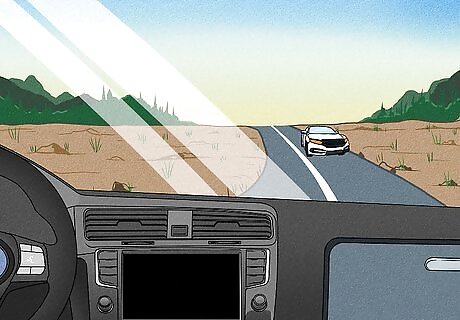
Pick a point in the road where drivers can clearly see you from a distance. Three-point turns take time, and you'll want to find a spot where other drivers can recognize what your car is doing. Avoid, for example, making a three-point turn near a bend or the brow of a hill, as it can block you from the view of other drivers. If you're near an obstruction when you want to make a three-point turn, wait until you pass it before starting the maneuver. The middle of a wide, empty road or cul-de-sac are both ideal spots for making three-point turns.
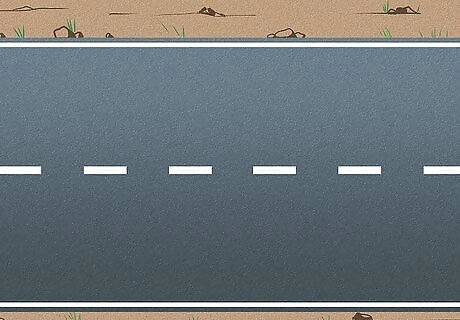
Chose a spot with space to turn around comfortably. Find an area where you'll have room on both sides to turn and maneuver your car. Usually, a two-way road is enough room to make a three-point turn. If you have enough space, try doing a U-turn instead. U-turns are easier to perform and often safer than three-point turns.

Check your mirrors and blind spot for cars. Before starting the three-point turn, make a final survey of your surroundings for cars. Check straight ahead, any car mirrors, and your blind spot for cars and wait until any have passed before making the turn.
Beginning the Turn

Move your car to the outer part of the lane. This will give you more room to turn your vehicle without becoming an obstruction. As you shift positions in your lane, check your rear view mirror for traffic and wait for any cars behind you to pass. Drive carefully, and avoid making any sudden movements as you start the turn.
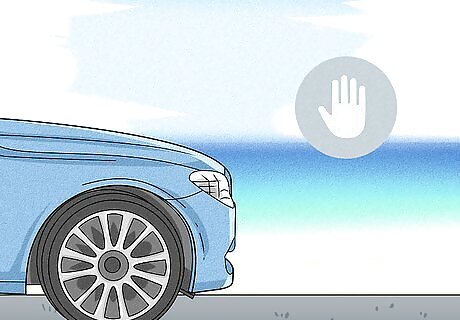
Make a complete stop in the road. Check your rear view mirror one last time for cars. If you can't see any, you are ready to begin the three-point turn. Tap your breaks to alert anyone behind you that you're making a turn. Completing a three-point turn should take at least 15-20 seconds. If you don't have enough time before the cars behind you approach, wait and make your turn elsewhere.

Turn on your left indicator. Switch the left indicator on to alert drivers behind you of your intentions if you live in the U.S. or other countries that drive on the right side of the road. If your country drives on the left side of the road, however, turn on your right blinker.
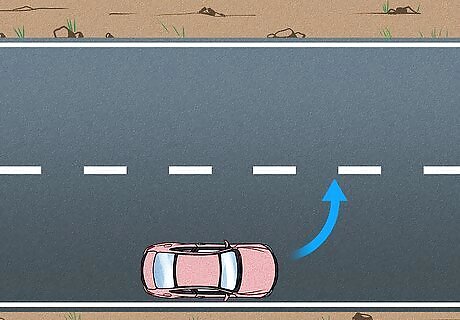
Make the first turn to the left. Stop and check for other cars, then turn your steering wheel all the way to the left. While turning, accelerate your vehicle carefully until you reach the edge of the opposite lane. If you live in a country that drives on the left side of the road, turn to the right instead. If you're practicing three-point turns, accelerate your car slowly. You'll be able to make turns faster when you have experience.
Completing a Three Point Turn
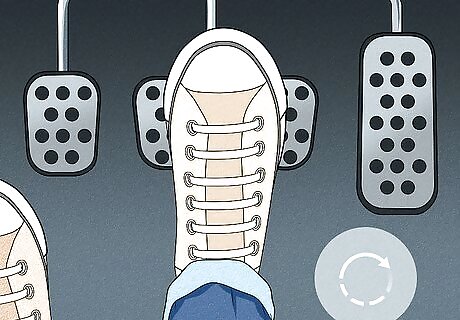
Hit the breaks slowly. As you come to a gradual stop, check your rear view mirror quickly for traffic and adjust your speed accordingly. Shift your car in reverse and, after checking for cars, press your foot on the gas pedal.
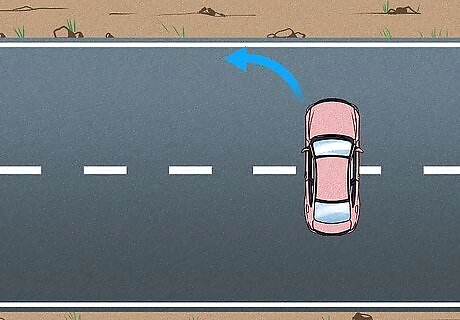
Turn to the right and back your vehicle towards the side of the road. Be sure you're turning toward the side of the road you originally started in until you completely exit the opposing lane. Once you've done this turn, you've completed the second of three points. If you live in a country that drives on the left side of the road, turn to the left.

Steer to the left into the opposite lane. Shift your vehicle forward and turn your wheel all the way to the left. Continue turning until your car leaves its original lane and enters the opposing road. Again, turn to the right if your country drives on the left side of the road. Completing this turn is the third and, usually, final point.
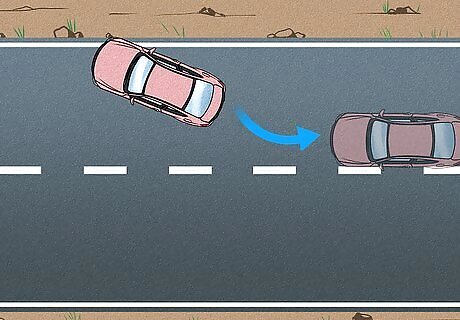
Complete additional turns, if needed. If your car isn't quite in the opposite lane after 3 turns, you need to turn a three-point turn into a multi-point turn. Back up and move forward with your car as many times as you need to enter the opposite lane completely. Multi-point turns are more likely to happen on narrow roads. Take as many points as you need, as long as the road is clear. If it's not, drive ahead and find a better place to turn around or complete the turn faster.


















Comments
0 comment